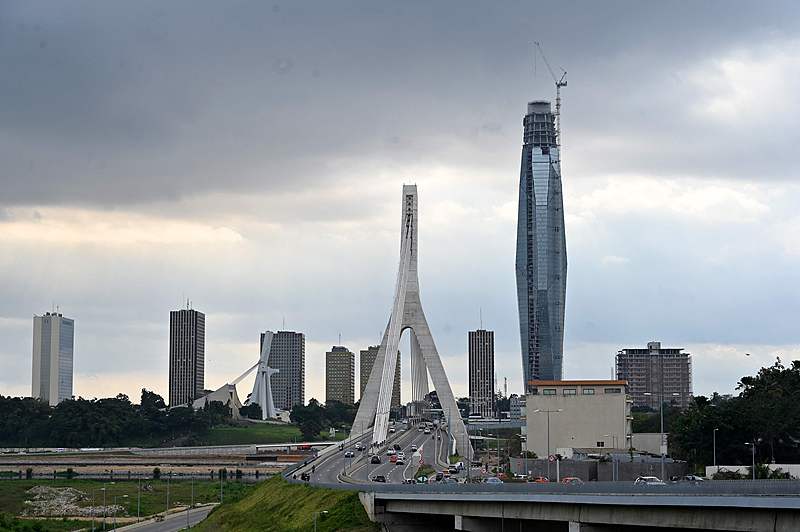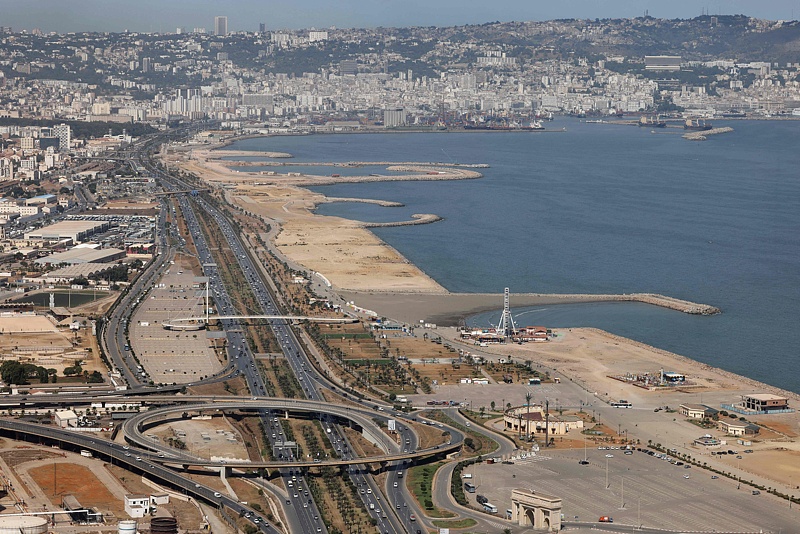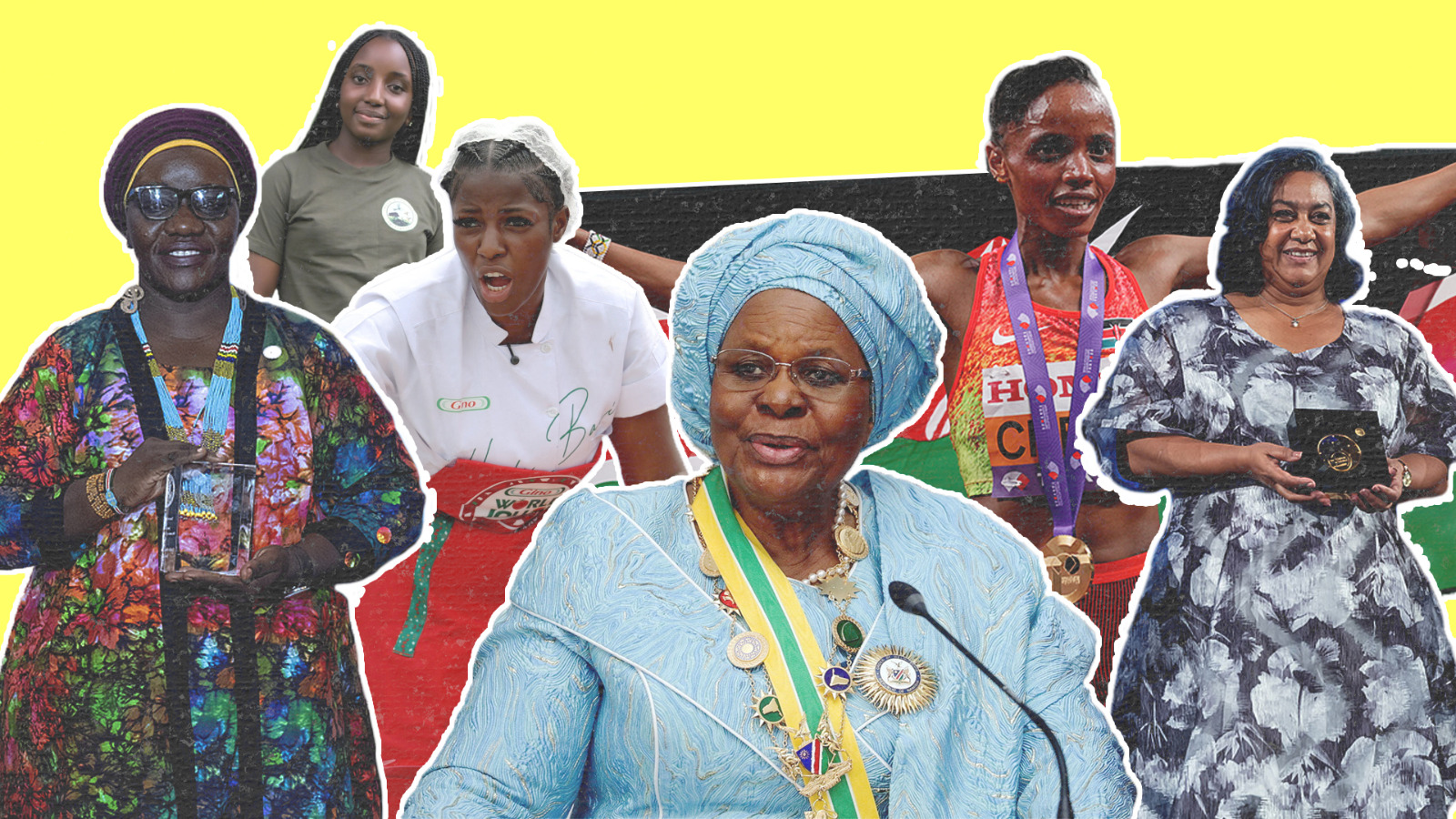
Global study: 83 percent of surveyed cities face rising nighttime heat, Africa hit hardest
A study by Climate Resilience for All revealed how nighttime temperatures are skyrocketing during the most hazardous summer conditions—up to 12 times faster than daytime highs in some places—trapping urban dwellers in a relentless 24-hour heat siege.
The study, Extreme Heat and the Shrinking Diurnal Range, analysed 30 years of weather data (1994–2024) across 100 major cities worldwide. It found that in 13 of 15 African cities examined, nighttime temperatures are climbing under moist tropical conditions. Cairo leads the way with a rise of 1°C every 16.8 years.
The same pattern holds under dry tropical weather: 10 of 14 cities show clear warming trends, led by Agadir, Morocco, where temperatures are rising by 1°C every 5.6 years—a rate that outpaces most global counterparts.
Other hotspots include Upington (South Africa), Bamako (Mali), Abidjan (Côte d’Ivoire), Mombasa (Kenya), Espargos (Cape Verde), Brazzaville (Congo), Dakar (Senegal), Algiers (Algeria), Cotonou (Benin), Luxor (Egypt), and Réunion (Réunion Island).

These cities are seeing the day-night temperature gap narrow, making humid nights feel like saunas without escape.
Cities face 24-hour heat crisis
Kathy Baughman McLeod, CEO of Climate Resilience for All, says the data is an urgent warning to governments to help their citizens. “We want this analysis to mobilize city and health leaders to urgently broaden their view of what is a 24-hour heat crisis. This research uncovers a critical blind spot in our understanding of extreme heat. Now it’s on us to build warning systems that predict multi-day marathons of unrelenting warmth, with tailored alerts for high-risk regions.”
Additional cities impacted by this type of weather include Cairo and Luxor (Egypt), Espargos (Cape Verde), Cape Town (South Africa), Niamey (Niger), Dakar (Senegal), Mombasa (Kenya), Brazzaville (Congo), and Réunion.

The study reveals how these patterns are intensifying, becoming more frequent, and eroding the cooling respite of darkness.
Data is a wake-up call that can’t be ignored
“This analysis is a wake-up call we can’t ignore,” says lead author Larry Kalkstein, climatologist and Chief Heat Science Advisor at Climate Resilience for All. “Before now, we didn’t grasp how aggressively nighttime heat is infiltrating the air masses that drive emergency room visits. It’s time to redefine summer heat as a full-day threat.”
Freetown, Sierra Leone, Mayor Yvonne Aki-Sawyerr, says the study reflects the lived reality across many Global South cities. “Most of our residents lack access to cooling. Women traders endure blistering days only to swelter through sleepless nights in homes without relief.”
Aki-Sawyerr is taking notice. In February, she and other city leaders rolled out a heat action plan with three key goals: Engage Freetown’s population on heat threats and possible solutions, build equitable and sustainable heat adaptations to cut rising threats, and mobilize finance and partnerships to ensure effective governance.






